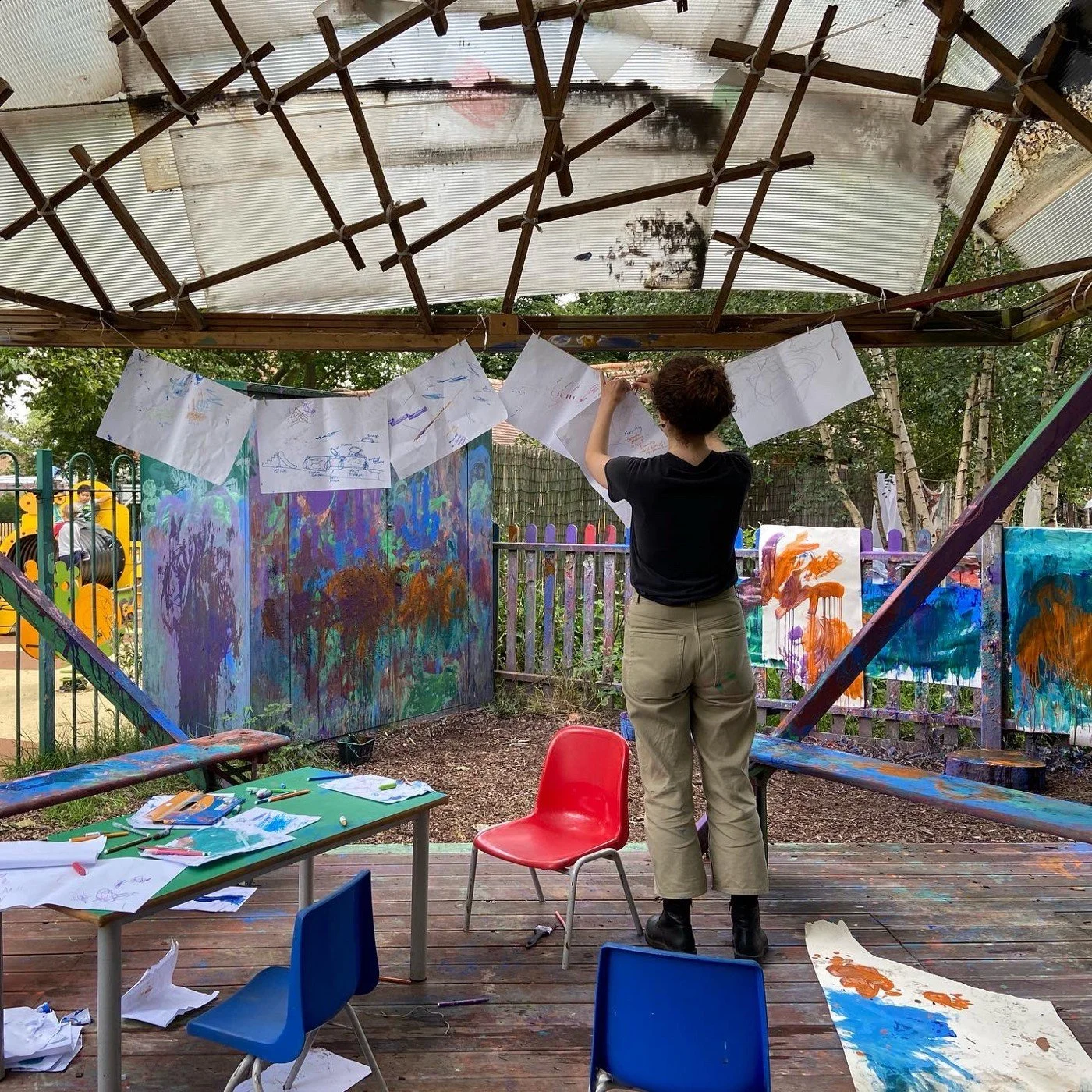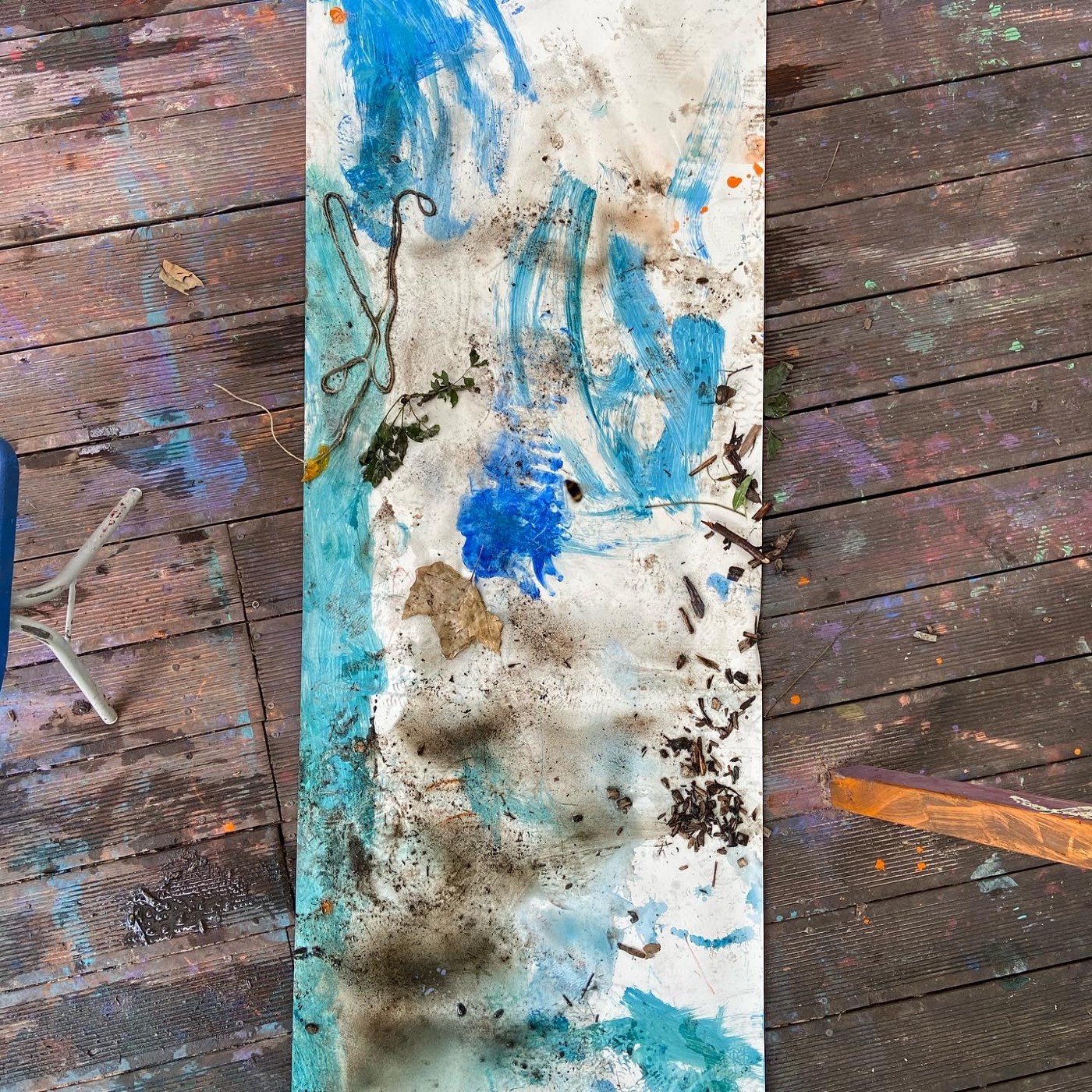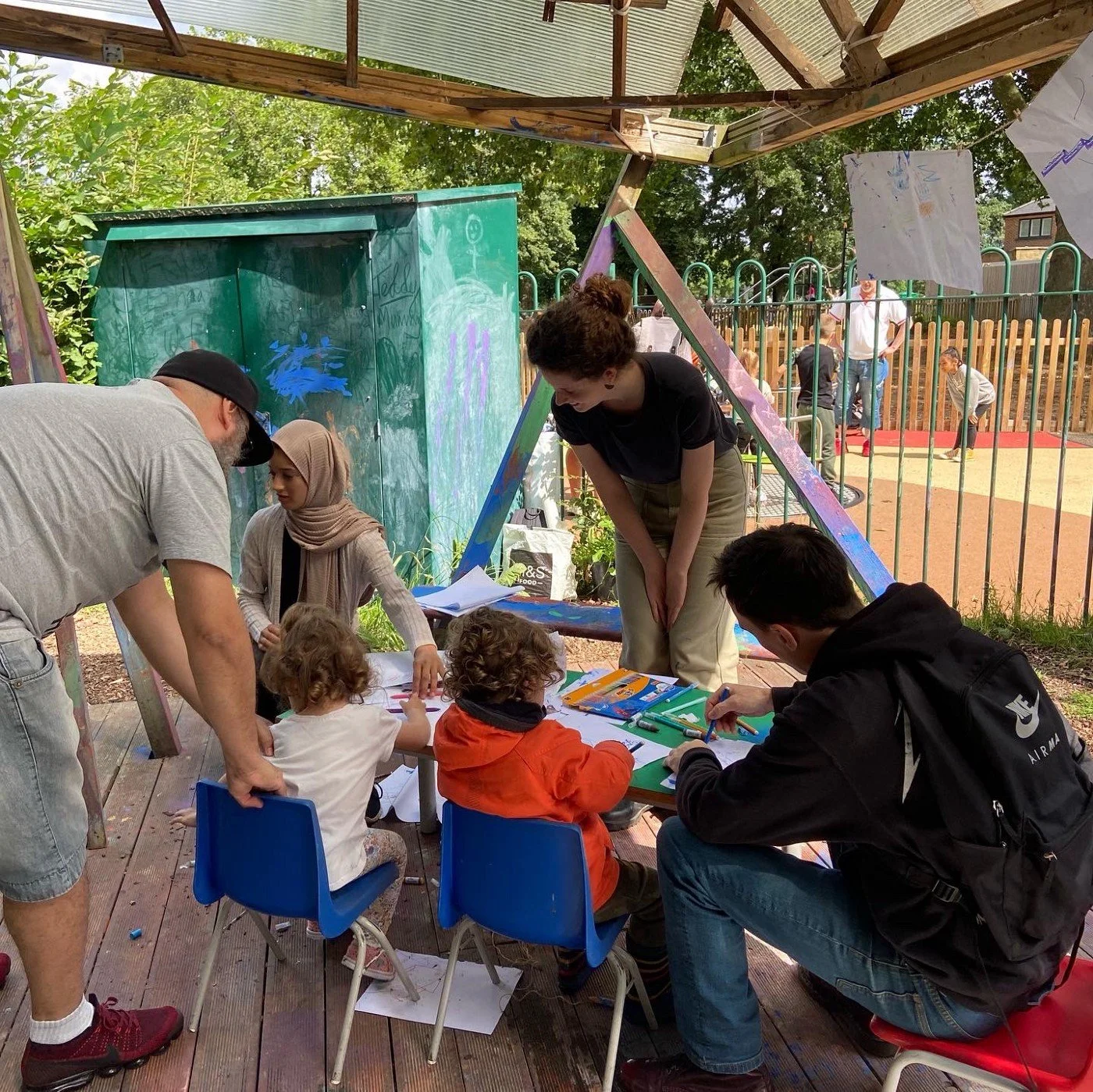What does a street designed by 3 year olds look like?
Throughout our community engagement process we seek out diverse perspectives and voices. Working in partnership with PJA on the development of a permanent design for a traffic filter along Windmill Drive in Clapham Common we wanted to ensure that children’s experiences and ideas were centred as much as possible in the collaborative design process. As a team we passionately subscribe to Enrique Penalosa’s thinking (the former Mayor of Bogota) who famously (among urbanist circles anyway!) said that a city that’s good for children and older people is good for everyone. He’s right of course, when you look at the experiences at the edges, often the most vulnerable in society and meet their needs then the design can only be better for all.
Hat tip to all the inspiring work being done in this space by Tim Gill, Dinah Bornat and the team behind Child Friendly Hackney, 95cm cities andI’m sure lots more we don’t know about.
But how do you actually do this in a meaningful way? As part of our engagement for Windmill Drive, we spent a few days hanging out at The Spinney, an incredible mud club at the edge of the Common where they have outdoor play sessions for toddlers. We observed the children, chatted to their carers about what they enjoyed most at The Spinney and invited the children to create their own muddy collage of inspiration for the scheme!
Mud Club collage to inspire designs for Windmill Drive traffic filter
These 2 and 3 year olds were so confident in this outdoor play environment with no rules. Completely covered in head to toe waterproof suits they painted, they bashed, the spilt and stamped with abandon. It was a joy to witness. Their senses completely stimulated whether it was sticking their fingers in mud, stamping in puddles, filling up buckets of water and tipping them out, grabbing sticks and manoeuvring them, tapping them or dragging them along the fence posts. They were all mini explorers completely stimulated by their environment and completely uninhibited to PLAY.
We heard from many carers about how much the young children loved water play, natural channels of water that flow from one pool to the next. Movable materials that invite a hacking of the flow direction or opportunity to iterate and remodel, to create a blockage and see what happens.
Observing and engaging with children and parents at The Spinney, Clapham Common
It felt truly creative and was confronting, how can these insights influence the design? How can the design merge and blur the boundaries between the park and the street? How can we create opportunity for iteration or remodelling within the street furniture? How could the design provide safe but wild areas where children can be temporarily ‘hidden’? How can the scheme embrace non linear shapes and the potential for children to explore different heights?
Ultimately we were asking ourselves what goodness could emerge from opening this playful and stimulating learning environment into the street? For children to access at all hours, not just when The Spinney is open, for children who’s parents don’t take them to The Spinney. To allow the street and public spaces to become another space for experimentation, play and learning.
Some may argue, children should stay in parks and playgrounds — why would we want to integrate play features into streets or public spaces? Some may actively campaign against the idea. But why not? Isn’t it enormous pleasure to watch children play and experiment? To interact with other children? For older people to watch with delight from a bench? To share the magic of child’s play with the whole community instead of segregating everyone into their appropriate ages and areas. This may sound like a silly utopia, you may find yourself challenged by fears or concerns around ‘stranger danger’, or the dangers of children being encouraged to play on or near a road. But by letting these fears come out on top and designing public space for a segregated society is a form of hostile design where we potentially all lose.
With so much sadness in our world right now, the idea of designing a scheme that allows for, gives permission and invitation to play for all ages feels like the right thing to be aiming for.
Proposed design for Windmill Drive developed by PJA for Lambeth Council
You can check out the proposed designs, developed by Phil Jones Associates -PJA for Windmill Drive here and spot how the little people we engaged with have influenced them!




